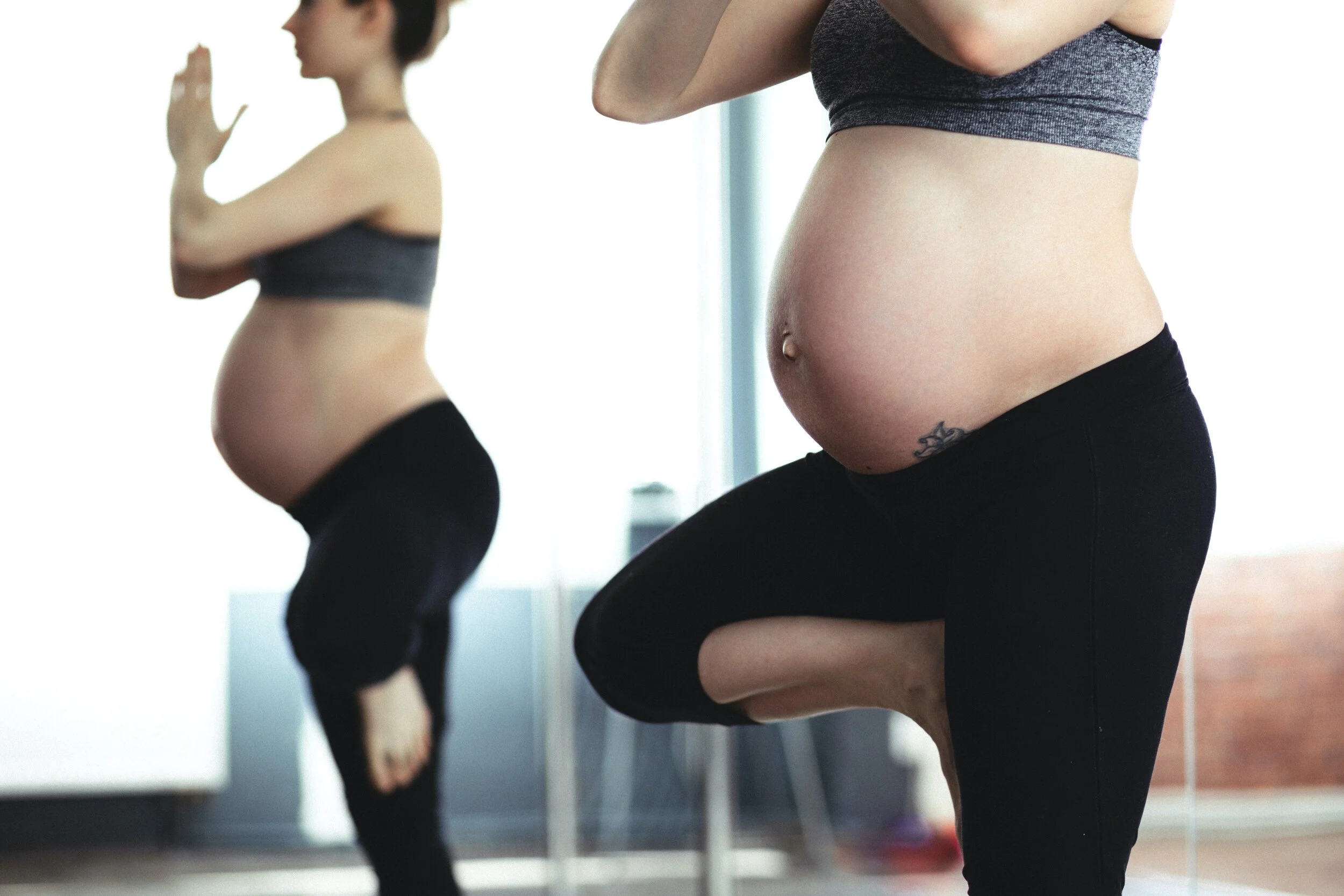PREGNANT OR PLANNING TO? Here’s how to train the muscles you can’t afford to ignore.
So… How’s it going lately? Have you pushed another human being out of your body in the recent times, or currently have one inside you? Do you perhaps, have any plans to do so in the near future? If you answered yes to either of these questions, this article will tell you how to make the process a lot easier on your body.
In my previous article, I discussed the importance of building a ‘core of steel’ and why it is one of the most important muscles in our bodies to train. If you’re in the above category, strengthening your core – specifically your pelvic floor- should definitely be a top priority.
Your pelvic floor muscles are the muscles supporting your pelvic bone, spanning throughout the base of your pelvis. As it cradles your womb, a heaping amount of stress is placed on it when you have a little person growing in there. A weak pelvic floor takes a toll on your bladder, lower back and vaginal or penile muscles (Yes, men can benefit from pelvic floor exercises too.). Exercising your pelvic zone can reduce the possibility of incontinence (losing control of your bladder) and even prolapse – when an organ slips out of place and protrudes through your privates. (Yup, it’s exactly what it sounds like). And if there’s any one reason to get up and exercise, it makes sex a whole lot better and more pleasurable too, believe you me.
Let’s get down to basics; Engaging the pelvic muscles. Imagine wanting to pee really badly. Don’t tighten your glutes. How do you hold it in? By contracting your lower abs, which is where your pelvic floor is located. Once you know the feeling you are looking for, try doing a couple of sets; Hold the pose for no longer than 10 seconds, and rest for 10 seconds before performing the next set. If you are unable to hold the pose for that long, work your way up slowly. Muscle fatigue is inevitable, but every second longer you are able to hold the position is a sign of your relative muscles become stronger. You will notice a big difference in your strength within just a couple of weeks.
Strength training in a safe and efficient manner can be very beneficial during pregnancy, with the right measures taken. Some things to take note of: Avoid lying flat on your back; remain at an incline when performing exercises such as chest presses and flys. Exercises like squats are beneficial as they strengthen your lower body, including your lower back and core. Refrain from plyometrics to prevent possible falls and injuries; When you are pregnant, your center of gravity alters and affects your balance. Use proper breathing techniques, rest in between workouts, listen to your body and use your God-given common sense to know yourself.
A strong and fit mom-to-be has it a lot easier than one who isn’t; not only during the child-bearing stage but also during delivery and postnatal recovery. Weight loss should never be the goal here, but instead, getting fitter and stronger (and grooming your body to take on the world, a.k.a. another life). If you have always been physically active to begin with, prior to pregnancy, you’re already in a greater position than those who haven’t. Engage a certified personal trainer in the know to help you alter and manage your strength training routine for the best, most comfortable pregnancy experience.
If you have recently given birth, stay tuned to my next article where I’ll be discussing postnatal recovery and how to get back up on your feet. Till then, keep workin’ it, mama!


